Join our mailing list and receive invitations to our events and updates on our research in your inbox.
News + Events
Inside lawmakers' latest coronavirus bill
A collection of progressive policy wonks, many of whom advised presidential campaigns, are unveiling a set of proposals to wrap into an economic stimulus aimed at dealing with the coronavirus pandemic that would blunt a recession, confront climate change and address inequality. "This is an inflection point for our nation. This is a pivotal moment to put tens of millions of Americans back to work, building a healthy, clean, and just future," the authors said.
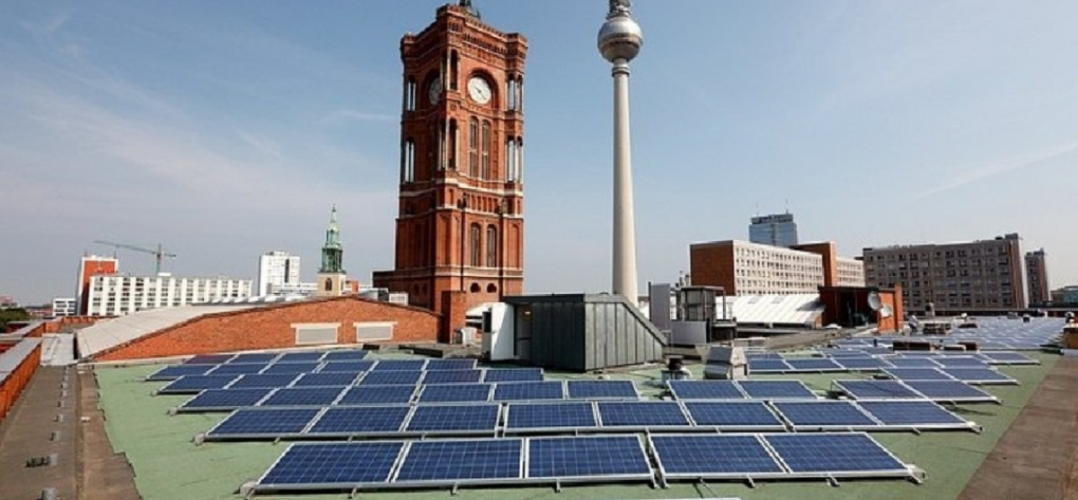
As they race to boost the economy, lawmakers encounter push for a greener stimulus
The group — which includes advisers to Sen. Bernie Sanders (I-Vt.), a Democratic presidential candidate, as well as the defunct campaigns of Washington Gov. Jay Inslee (D) and Sen. Elizabeth Warren (D-Mass.) — has drawn up a $2 trillion “green” stimulus plan. It includes everything from $1 billion cash for trading in old energy-wasteful household appliances to an extension of renewable energy and electric-vehicle tax credits.
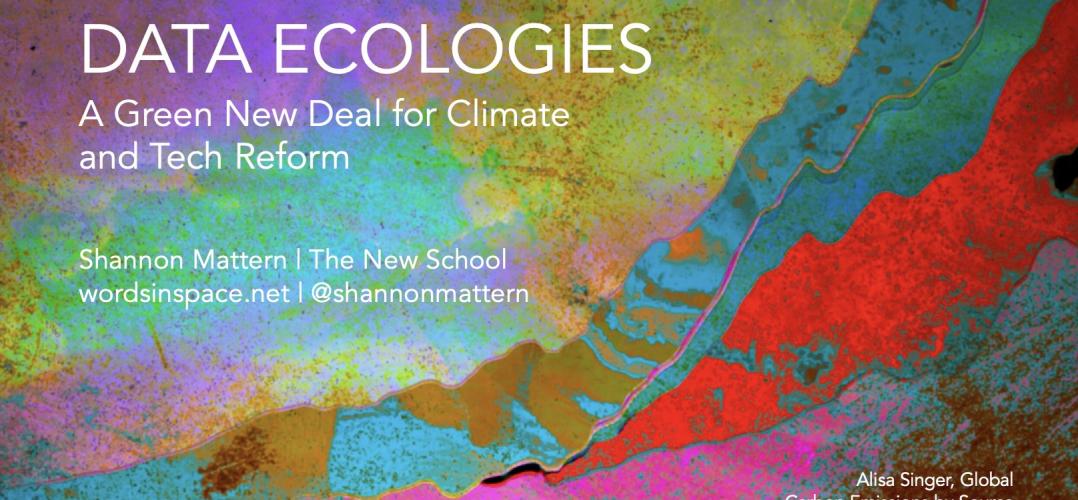
Data Ecologies: A Green New Deal for Climate and Tech Reform (Shannon Mattern)
Shannon Mattern delivered this lecture on January 23, 2020
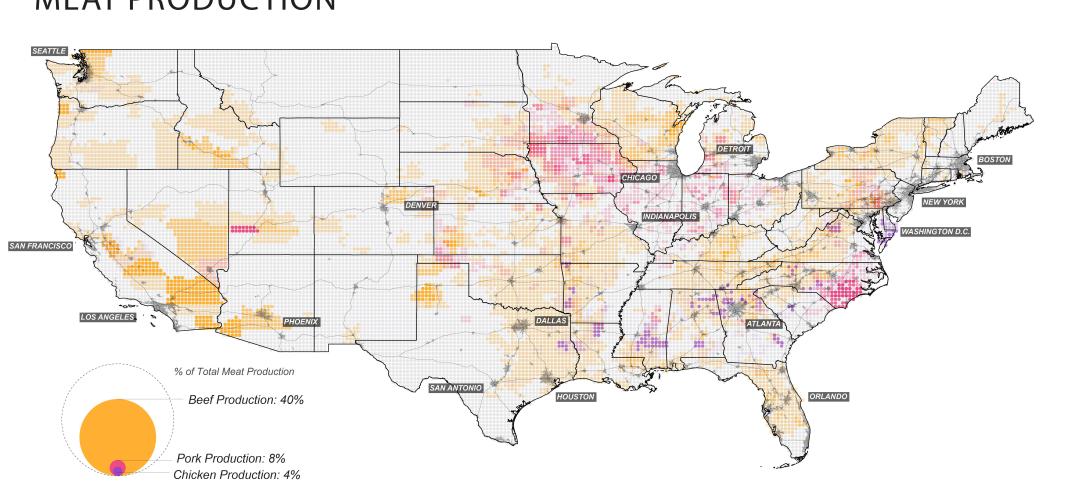
Penn maps out climate change in support of a Green New Deal
Despite the dire situation the map expresses, the tone of the project remains overwhelmingly hopeful. “The reality is that we’ve never actually tried to craft a national response to these threats,” said Billy Fleming, Wilks Family Director of The McHarg Center. “We won’t know what we’re capable of achieving until, as the Green New Deal demands, we mobilize our communities, resources, and government around climate action.”
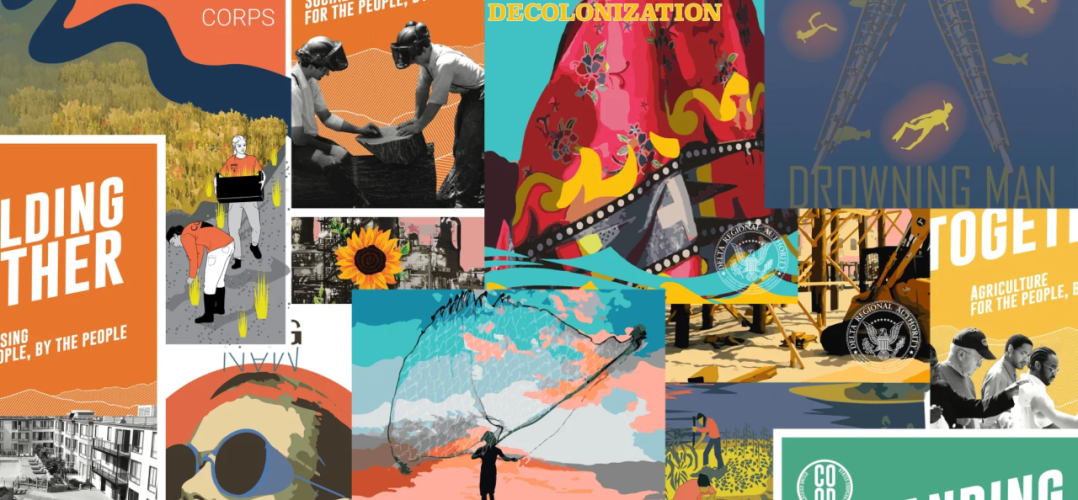
These posters show what a Green New Deal could look like
“It’s vital to build a visual language for what a world built and an economy restructured by the Green New Deal because ultimately that’s how most people will experience it,” Billy Fleming, the director of Penn’s McHarg Center.
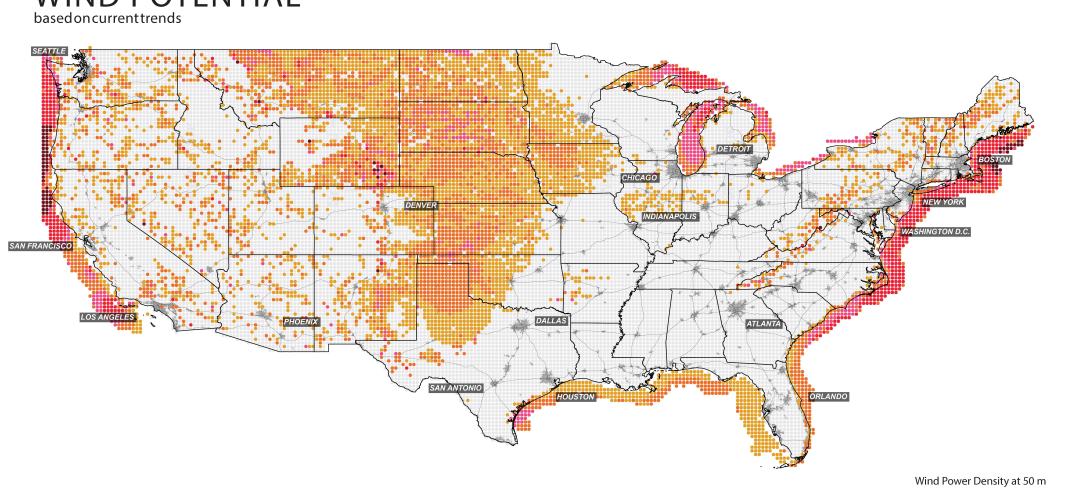
America after Climate Change, Mapped
“These are things that the country can take on together if and when it decides to make the climate crisis the sort of generational investment it deserves to be,” said Fleming.
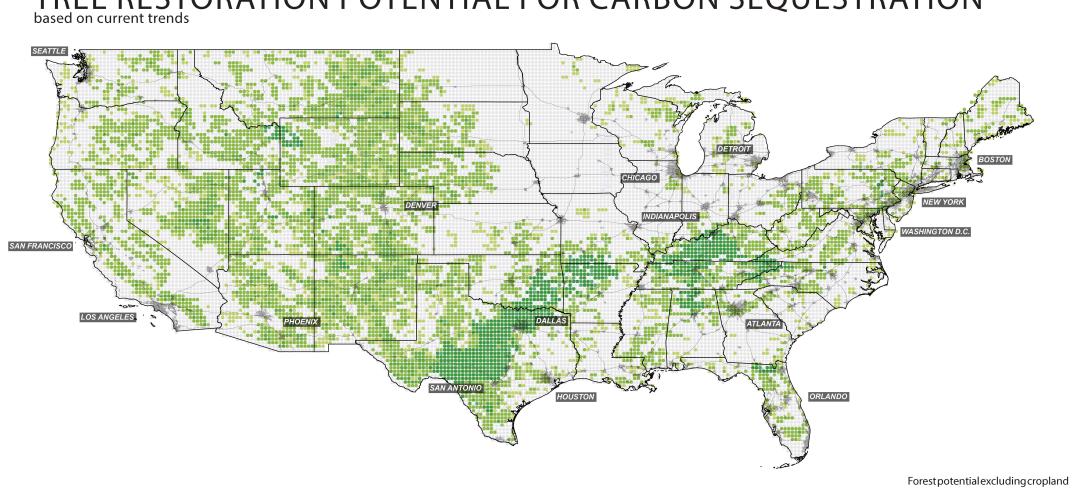
Illustrating the massive scale of America's decarbonization challenge
The scale of the problem—and, frankly, of the solutions—is daunting, to be sure. But it is a challenge that the researchers at The McHarg Center are embracing whole-heartedly. The center has emerged as perhaps the most visible pro-Green New Deal apparatus in the design field, a fact highlighted earlier this year when Fleming and others at McHarg joined forces with The Architecture Lobby and others to organize the Designing the Green New Deal symposium. In the months since, the center has contributed research to the recently unveiled Green New Deal for Public Housing Plan proposed by Vermont Senator Bernie Sanders and New York Representative Alexandria Ocasio-Cortez. These and other efforts are part of a larger push on the part of Fleming and others to reinvigorate the design community’s imagination with regards to how design and climate change coincide.
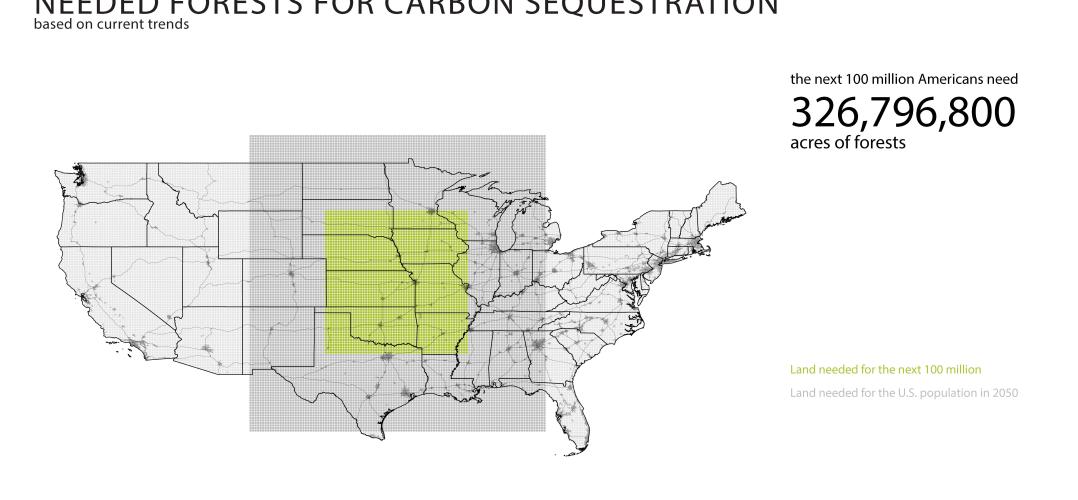
An Atlas for the Green New Deal
As a world leader in landscape architecture, the Stuart Weitzman School of Design has a history of uniting spatial expertise and imagination to tackle ideas in both design and environmentalism. In addition to ongoing research activities and offering a “Designing a Green New Deal” landscape architecture studio this fall, the McHarg Center also recently hosted the largest climate event in the history of Penn.
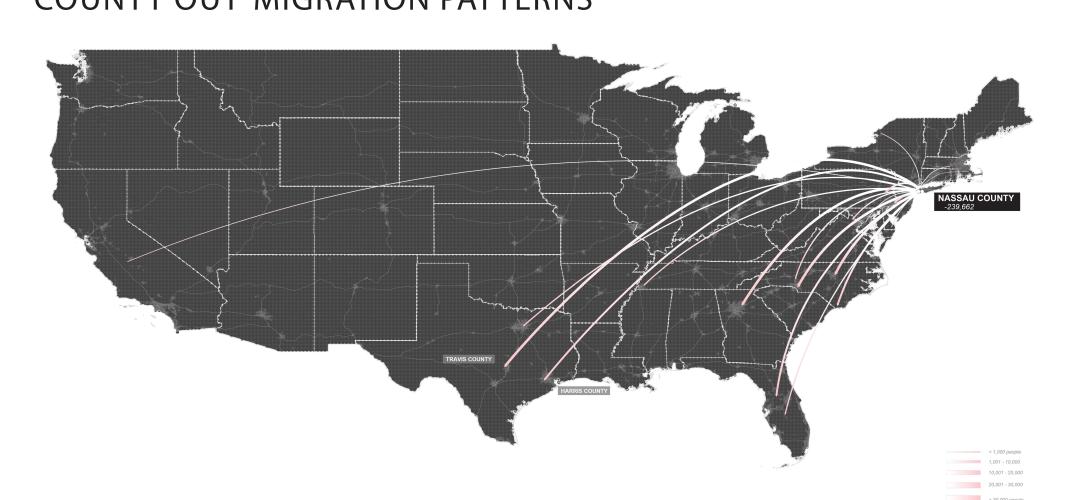
The United States gets a new kind of atlas
The McHarg Center has emerged as a hub for thinking on the Green New Deal: In the fall, the center hosted a symposium called “Designing a Green New Deal” featuring landscape architects and scientists in conversation with people such as writer Naomi Klein and policy lead Rhiana Gunn-Wright. In November, it released a series of briefs alongside Data for Progress in support of Sanders’s and Ocasio-Cortez’s Green New Deal for Public Housing proposal.
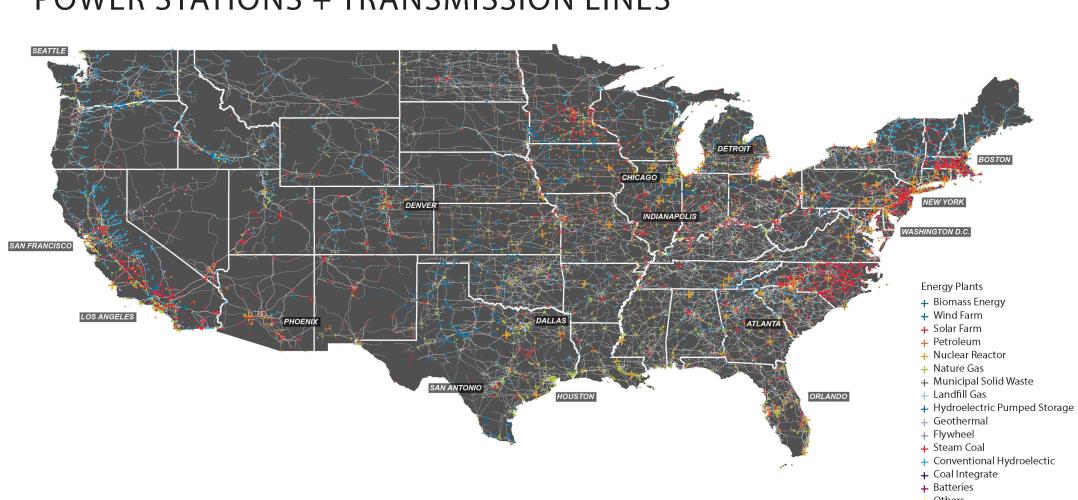
These maps show how the Green New Deal will look different across America
Could a future stimulus package be constructed as a Green New Deal? Perhaps. And this atlas is a powerful tool to show us why everyone in America could benefit from policy that centers climate change and economic justice—and get regions thinking about how they would like to self-determine their future.